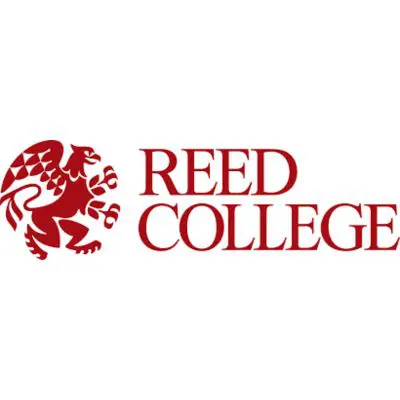Ever wondered how the equipment your team maintains contributes to the total cost of maintenance for your organization? Sometimes it’s really hard to tell. Often, accounting reports broken down by geographic location or by division are too broad to give you relevant information—especially when you want to know the cost of maintaining a specific work cell on the plant floor, or a building on a campus. So how do you get the answers you need?
A modern Computerized Maintenance Management System (CMMS) can help you group maintenance costs by “cost centers” that make sense to you.
With Cost Center Budgeting and Tracking, you can create intuitive groupings of equipment, rooms, buildings, or other assets that align with the way you think about tracking costs. As maintenance and repair dollars and labor hours are expended on assets in those cost centers, they accrue to the cost center as a whole.
Using cost centers, you no longer have to parse out relevant costs from a company or divisional budget report. And you no longer have to manually add up expenses from several different assets. You get one number that tells you how much you’re spending to maintain and repair the collection of assets that make up your cost center.
So how do you get started with Cost Center Budgeting and Tracking? Here’s how to start using your CMMS for tracking cost centers that matter to you.
- Ensure your CMMS supports Cost Center Budgeting and Tracking, and that the feature is turned on. Contacting your CMMS vendor’s support line (or a potential vendor’s sales rep) is the easiest way to find out.
- Identify your cost centers. Choose several assets that you consider part of one intuitive group. Name that group and associate the assets with it in your CMMS. Here are a few examples:
- Production machines in a work cell (“Work Cell 1”)
- Rooms in a building (“4th Floor Classrooms”)
- Vehicles in a fleet (“Passenger Vans”)
- Buildings on a campus (“Arts and Sciences Faculty Offices”)
- All assets in a geographic location (“Corvallis Campus”)
- Establish a baseline budget for your cost center. Often this will involve considerable estimation on your part, especially for the first period you’re going to measure. Once you have some historical data for your newly defined cost center, you’ll be able to budget more precisely. Don’t worry too much about getting it perfect at first.
- Track your costs. Costs will automatically accrue to your cost center from now on, and you’ll be able to see how much you’re spending on your grouping of assets.
- Compare actual costs to your budget. Remember, Cost Center Budgeting and Tracking is less about exactly hitting your budget number, and more about testing your assumptions. Were you way off? Then dig into the numbers and find the source of the difference. Plan better for it next time.
- Incorporate what you learn. Take your “lessons learned” into the next planning cycle and continue to repeat the process as you move forward. You should find that, over time, you get better and better at predicting the cost to maintain and repair your cost center, and better, too, at planning the maintenance to keep that expense to a minimum.
When your team’s cost centers are clearly defined, your money can be tracked efficiently. This way, you can see if your maintenance budget is on target—and if it’s not, you can see exactly where to make changes. Identifying specific cost centers can help open your eyes to where your money goes. It can help you discover where to cut maintenance costs, and where to invest your maintenance funds.
Take full advantage of your CMMS; start a conversation about Cost Center Budgeting and Tracking with your CMMS vendor today.








